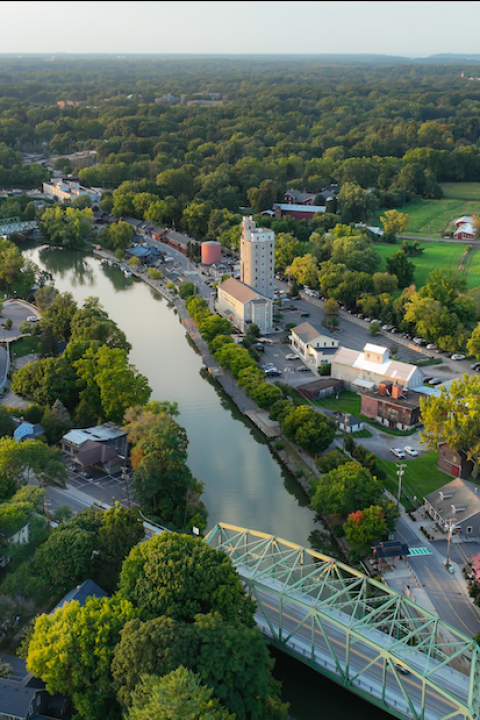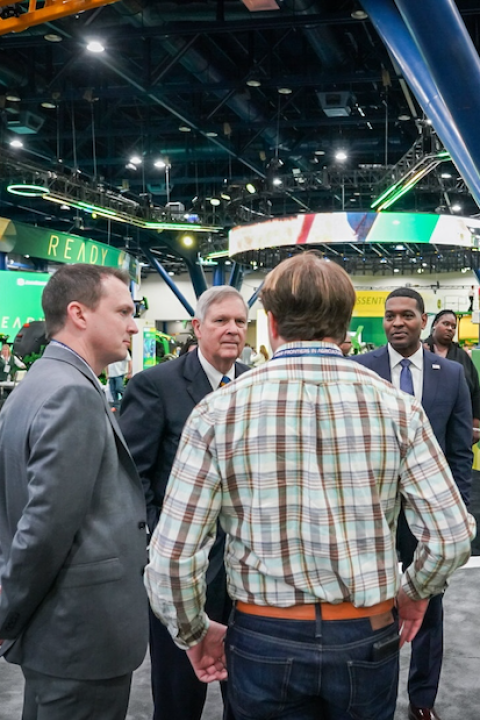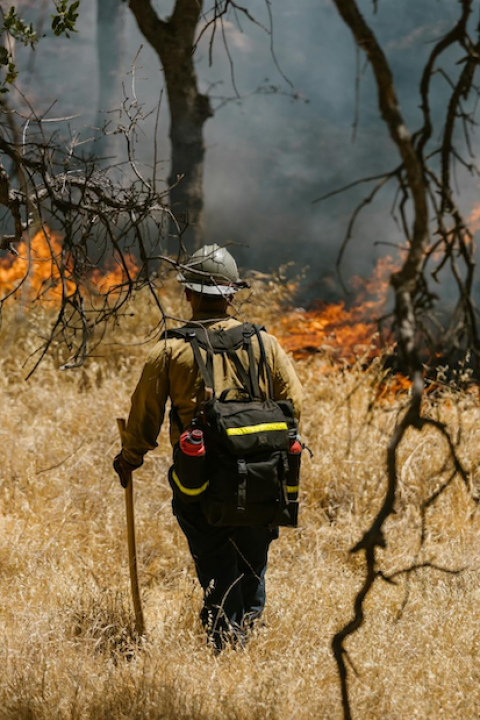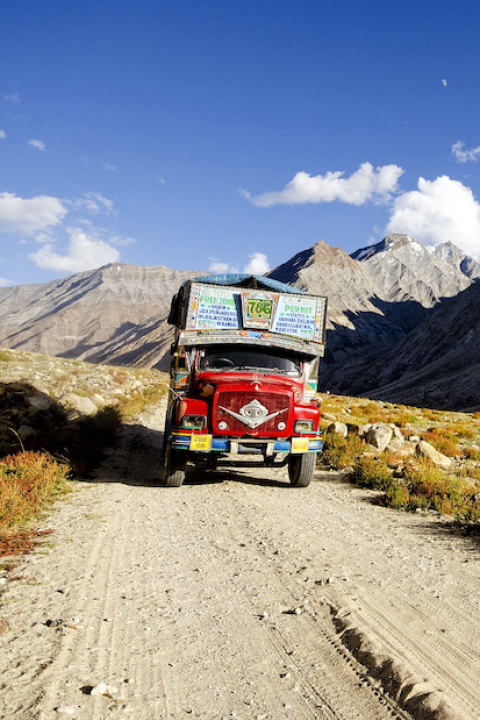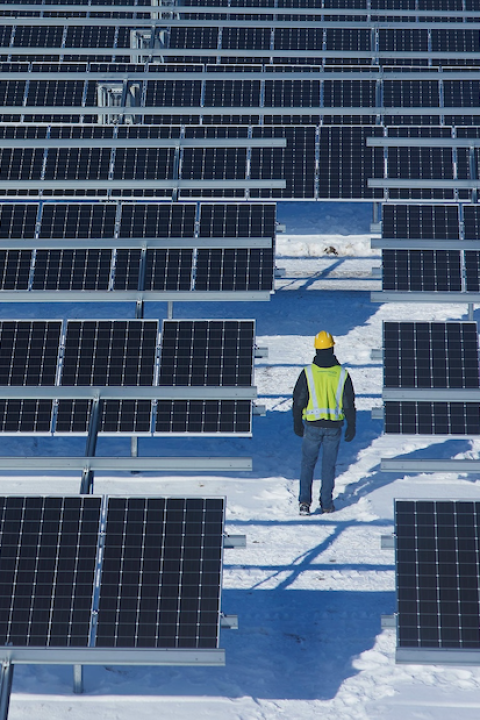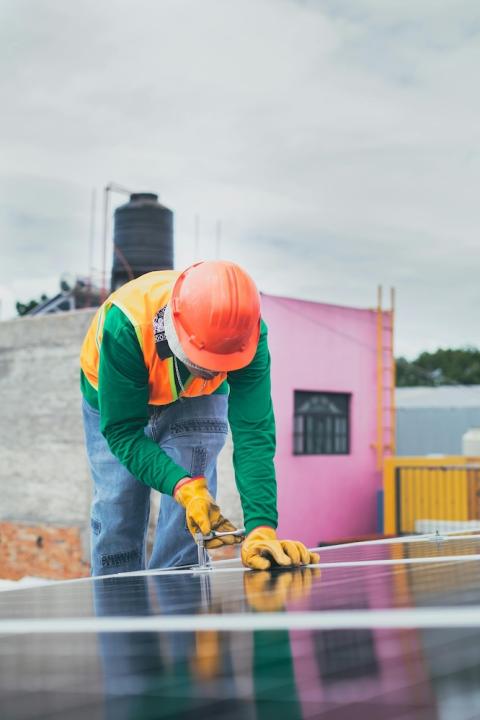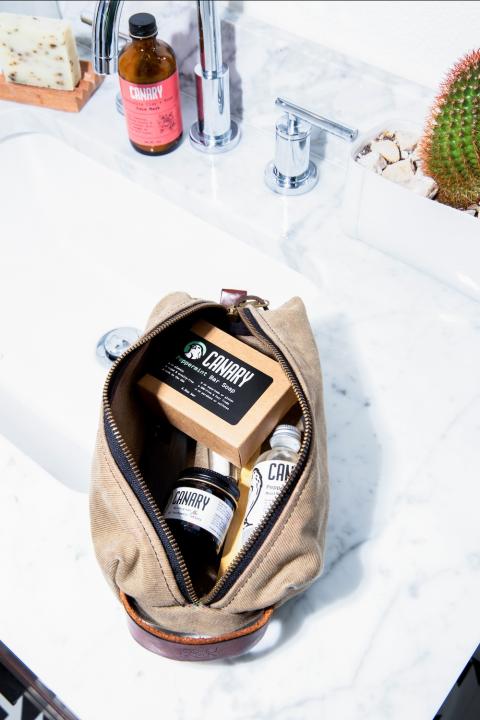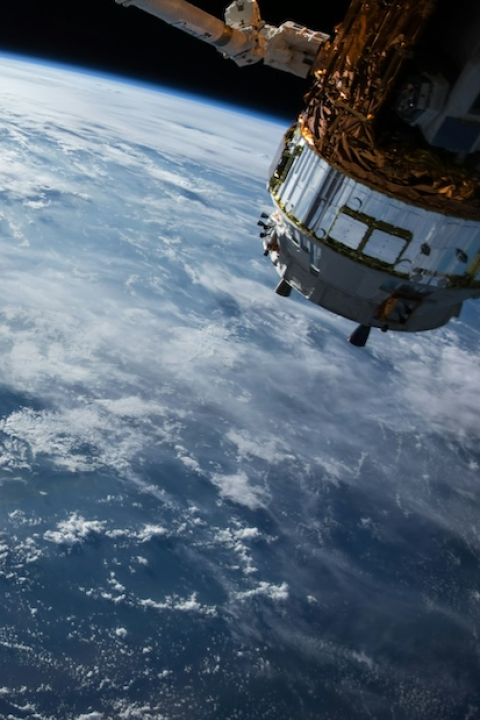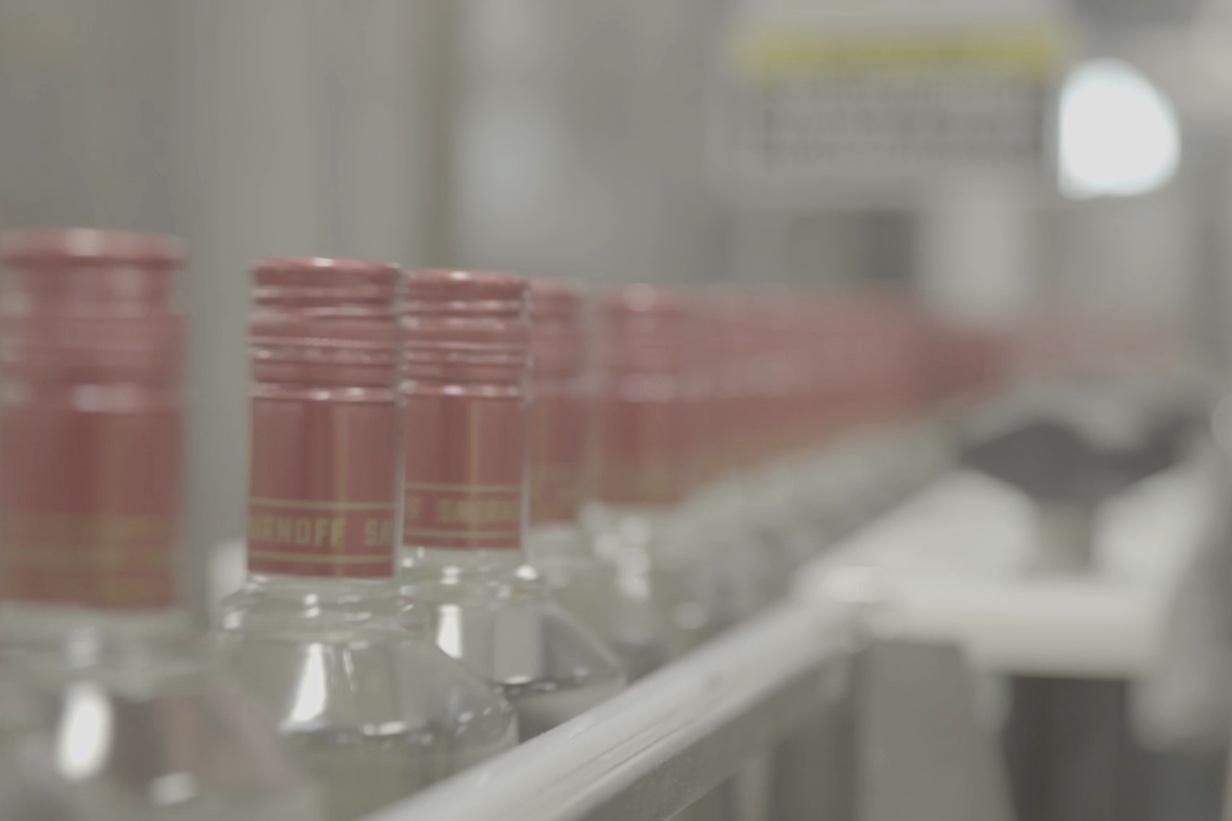
(Image courtesy of Diageo)
When you crack open a beer on a Friday night, the bottle is the last thing on your mind. But once drained of its last sip, it has a bumpy road ahead. We’ve made glass for millennia, yet our approach to its reuse is less sophisticated.
Americans send the vast majority of their glass to landfills — about 7.6 million tons every year, according to the U.S. Environmental Protection Agency (EPA). With glass recycling rates of only around 31 percent, we lag far behind European countries that reuse an average of 74 percent. Unfortunately, glass breaks down extremely slowly in landfills.
However, while some see the glass pile as half empty, Diageo sees it as half full. As one of the world’s largest producers of spirits and beer, it's stepped up to tackle glass recycling in the U.S. Most recently, the company partnered with Don’t Trash Glass, a bottle collection program aiming to increase recycling in bars, restaurants and local businesses.
Glass recycling 101
Despite our propensity to trash it, glass is infinitely recyclable without losing quality, according to the Glass Packaging Institute, which is a part of Don't Trash Glass. Originally made from sand, soda ash and limestone, glass can be melted down at extremely high temperatures and formed into products like jars and bottles. In this production process, recycled glass can be substituted for up to 95 percent of the raw materials. Creating six tons of recycled glass saves a ton of carbon dioxide emissions.
“Glass has a very important role in our supply chain emissions,” said Jayant Kairam, vice president of society at Diageo North America. “In order for us to cut those emissions down, which represent 90 percent of our overall emissions, we need to really transform and invest in circularity … When we think about glass and packaging, it's really from a carbon reduction perspective.”
Glass recycling faces several roadblocks, though. “We have low recycling rates anyway, it's not just glass,” said Rose King, co-founder of GlassKing Recovery and Recycling, one of the companies involved with Don’t Trash Glass.
Only about 32 percent of the waste generated in the U.S. is recycled, according to the most recent data from the EPA.
“There's lots of reasons [for that],” King said. “One of them is a lack of education and the lack of awareness of what, why and how. Don't Trash Glass was designed specifically to explain what, why and how.”
Other factors hinder glass recycling rates, too. For example, numerous American communities have eliminated glass from their curbside recycling programs, citing high shipping and processing fees. Further, in single-stream recycling programs, glass can break and contaminate other recyclables, pose a hazard to workers, and damage machines at recycling facilities.
Diageo’s recycling partnership
But when life gives you lemons, make lemon vodka.
In 2023, Diageo joined the Don’t Trash Glass program, which expanded to the Chicago area from Arizona in 2021. It began as a partnership between the Glass Packaging Institute and GlassKing Recovery and Recycling, and it collected 2.2 million pounds of glass from over 50 businesses in Illinois last year.
To get glass into the recycling stream instead of landfills, the program first assesses a business’ recycling needs and provides both indoor and outdoor recycling containers. Then, it collects and transports the glass to be recycled into products like bottles, jars and even fiberglass.
“Don’t Trash Glass is a very exciting opportunity for us to really invest in tackling and building momentum on achieving some of our sustainable packaging objectives at Diageo,” Kairam said. “We also have a very ambitious sustainability agenda, which includes some bold commitments to increasing the sustainability of our packaging. And when we take a step back and think about our packaging, we always immediately go to glass. It is very much associated with our products. It's a wonderful material — infinitely reusable and chemical-free.”
Illinois was of particular interest to Diageo because its primary bottling and packaging facility is just outside of Chicago, Kairam said. In addition, a number of its glass suppliers are close by, and Chicago is a major commercial hub. The city is filled with bars, restaurants and chains generating lots of used glass.
“Chicago made a lot of sense in that first year,” Kairam said. “We had some very promising results, enough to build on and commit to expanding to another strategic location — which is northern Kentucky, Louisville, where we have our Bulleit [Frontier Whiskey] operations.”
Don’t Trash Glass is slated to start in the Bluegrass State this spring. Home to multiple Diageo facilities, Kentucky could use a little boost — its glass recycling rate is only 15 percent, according to a report by Eunomia Research and Consulting and the packaging company Ball Corporation.
“We're very committed to Kentucky,” Karaim said. “I want to see this program thrive and grow, and hopefully, bring more partners along to it because the rates are low.”
GlassKing shares that goal. “We have a passionate vision that if you're sipping bourbon in Kentucky on a Monday, and you fly to Arizona on a Wednesday and have a cold beer in the middle of the summer, it's [all] part of the Don't Trash the Glass program,” King said.
Other steps toward sustainability
This partnership is part of a larger vision for Diageo to reinvent its packaging by 2030. For instance, the company’s targets include sustainably sourcing all paper and board packaging materials and reducing overall packaging weight by 10 percent. Additional goals include using 60 percent recycled content in its packaging and making all packaging and plastics widely recyclable.
But that’s not all. “We're investing in hydrogen-powered furnaces to decarbonize the production of glass, particularly in Scotland,” Karaim said.
The company is also experimenting with alternative bottles — including a new Baileys Irish Cream line with aluminum bottles, which emits 44 percent less carbon than the glass bottles used today, Karaim said.
The company has made some notable progress so far. It’s transitioning into more lightweight bottles for certain types of scotch and reducing cardboard packaging by 600 tons. It also introduced compostable and biodegradable carrier rings instead of plastic ones for some beer brands.
Don’t Trash Glass isn’t Diageo’s first recycling rodeo. It also implemented glass and plastic recycling programs in Brazil and Ghana. And in Brazil, it set up a bottle return program for one of their cachaça brands, Ypióca, where glass from a 500-mile radius is brought to its facility for sanitation and reuse.
“It's pretty amazing to hear such a global company trying to do all these different things to make their impact,” King said. “This Don't Trash Glass relationship between Diageo and Glass King is really just the beginning of what we have to do as a collaboration in different areas.”
That’s good news for all the empty beer bottles out there, so raise your glass to a more sustainable future.
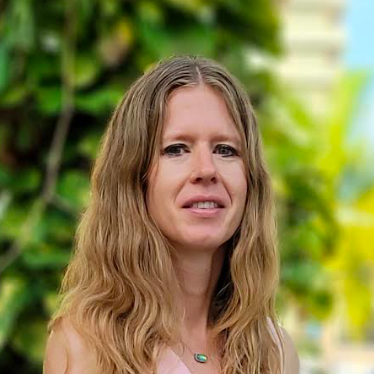
Ruscena Wiederholt is a science writer based in South Florida with a background in biology and ecology. She regularly writes pieces on climate change, sustainability and the environment. When not glued to her laptop, she likes traveling, dancing and doing anything outdoors.



